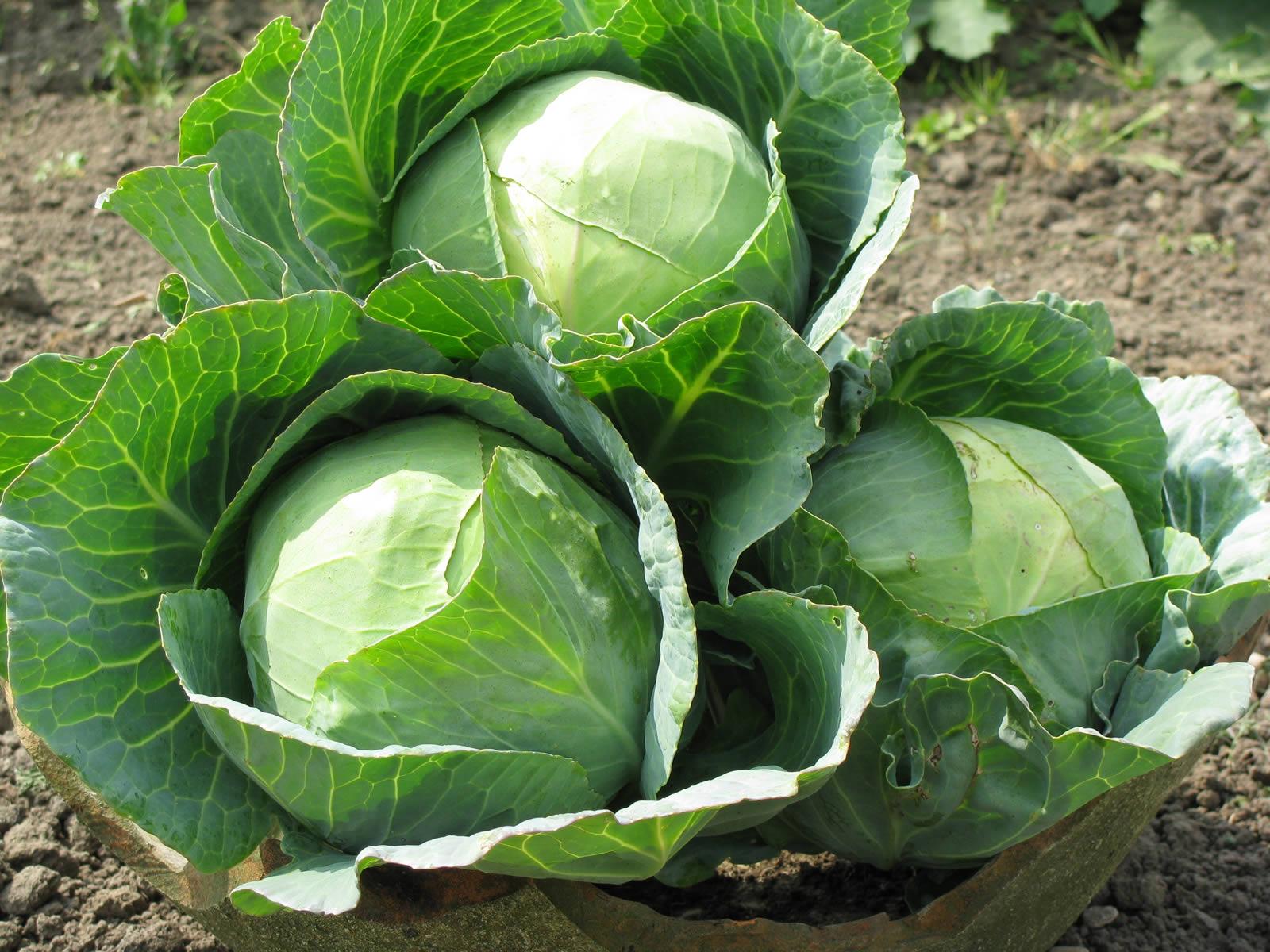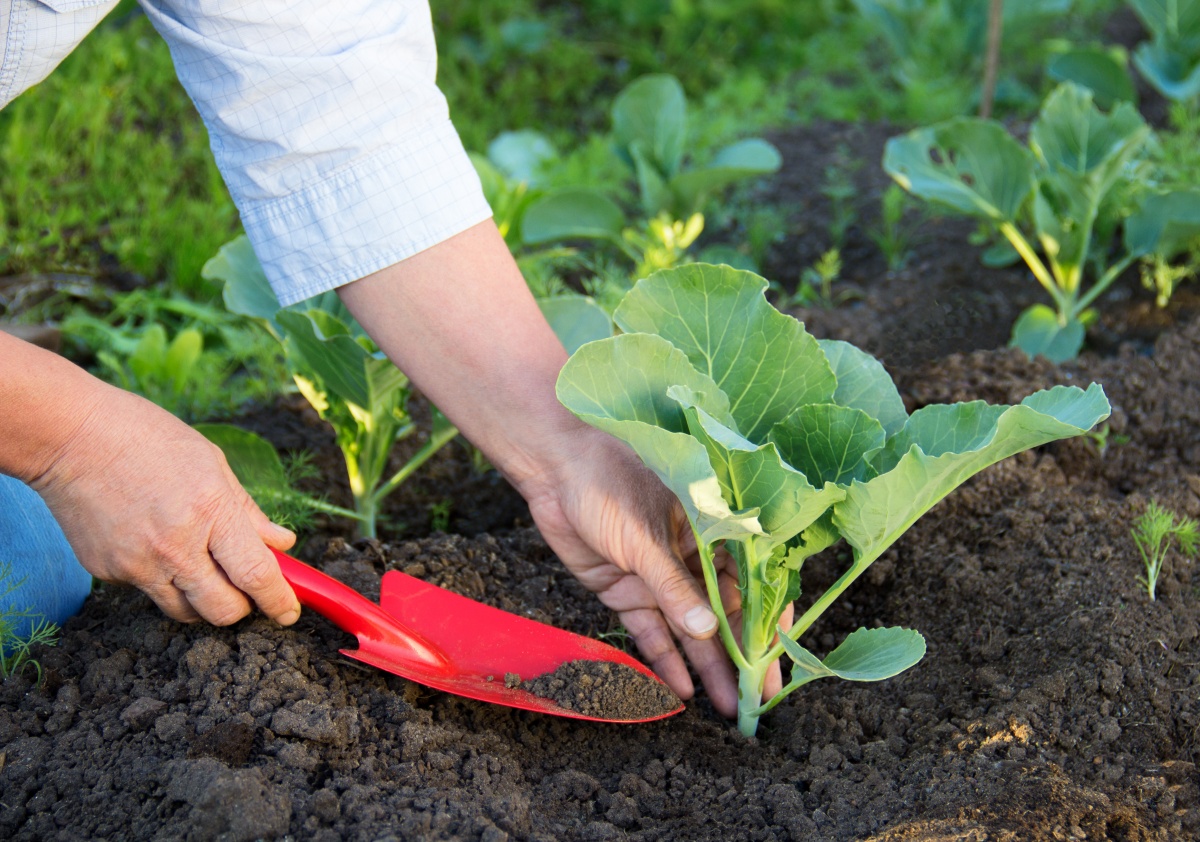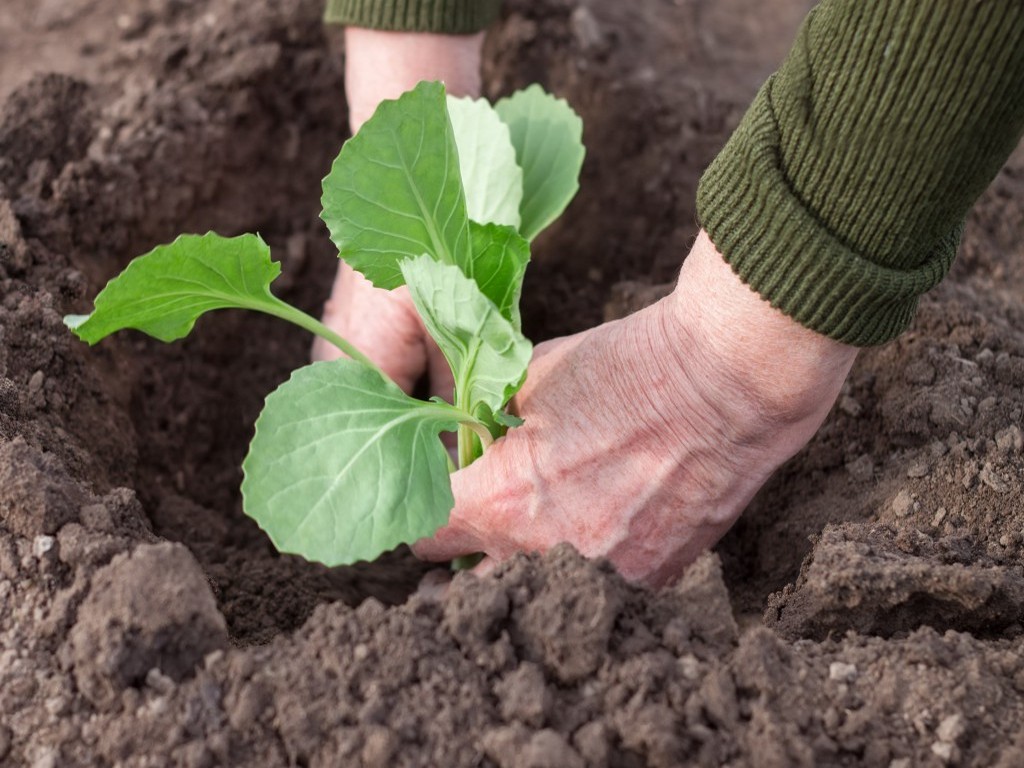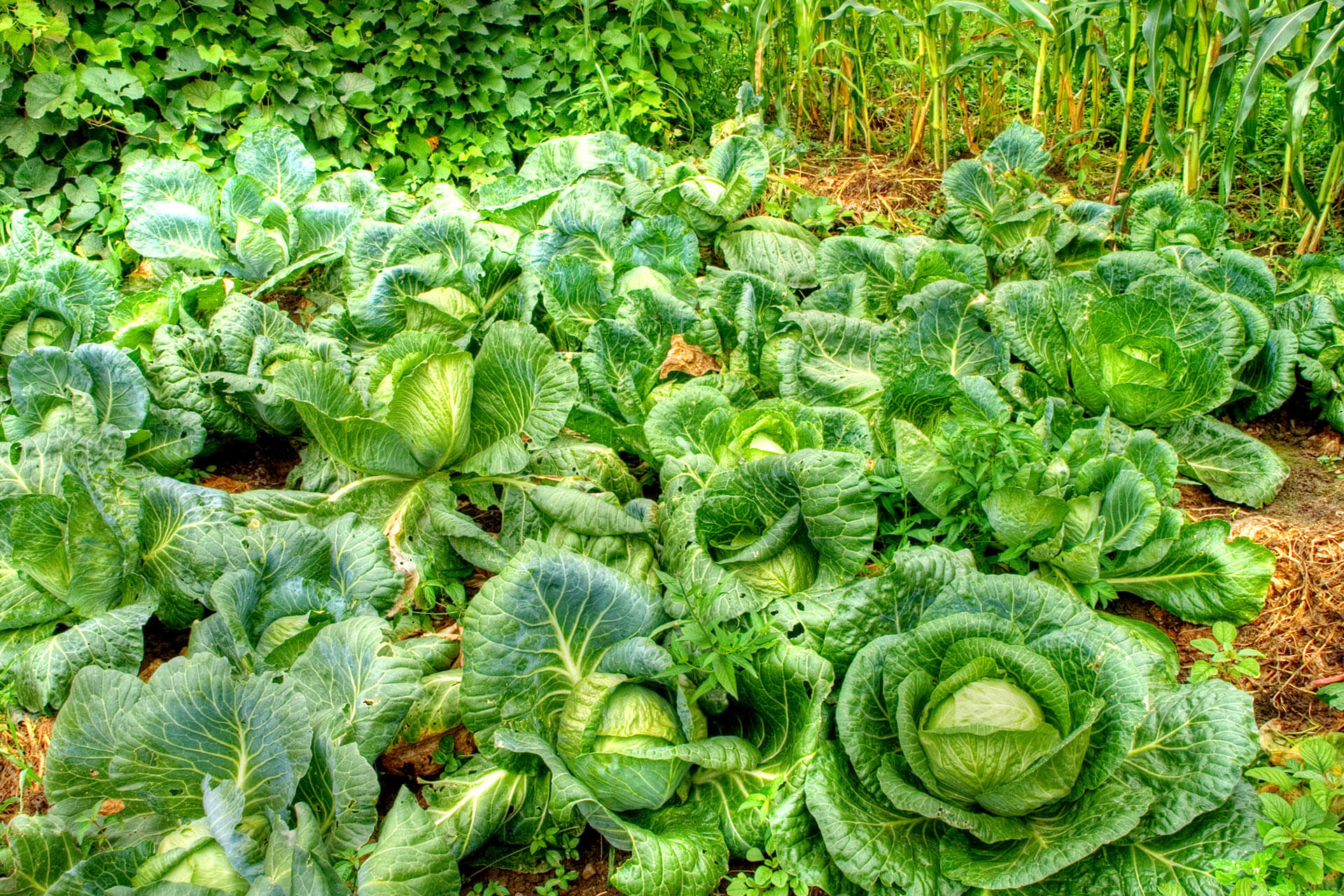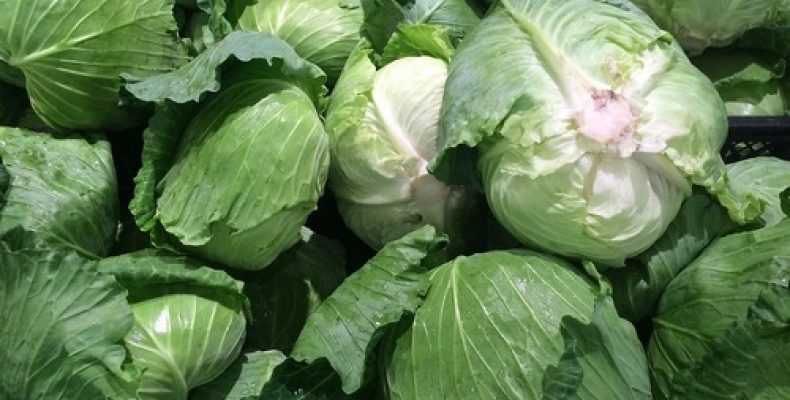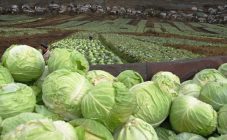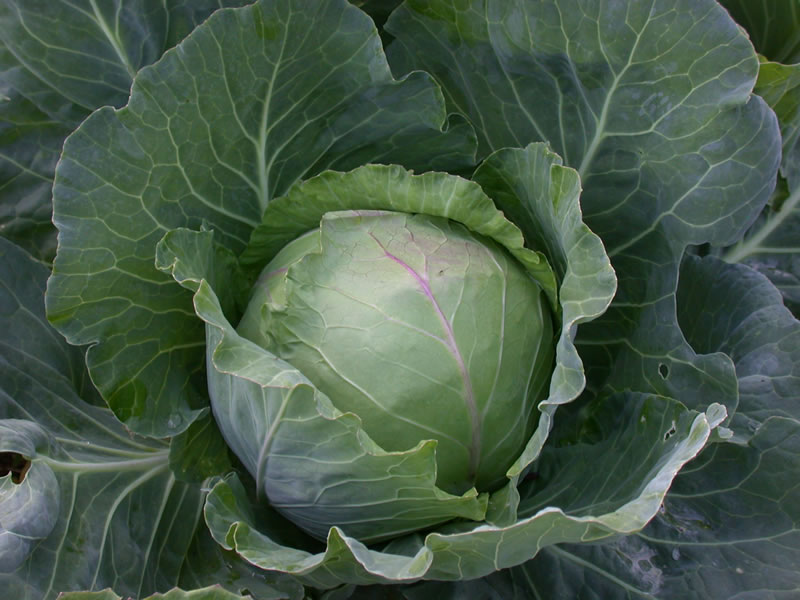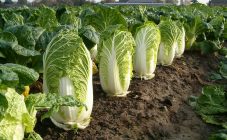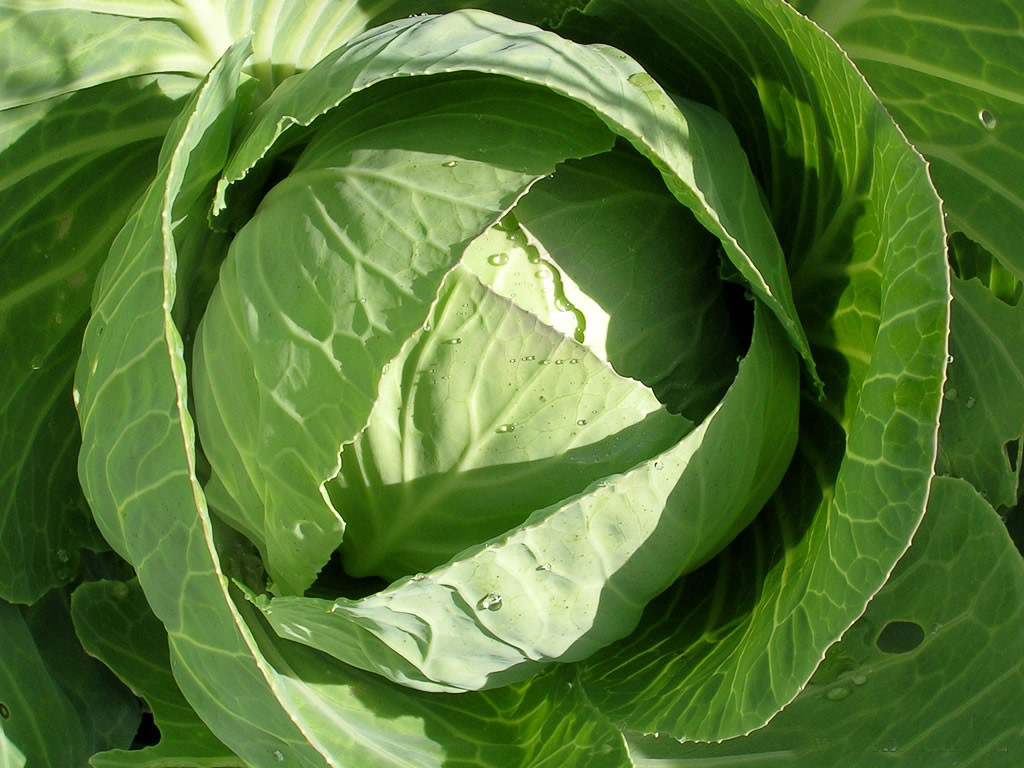Content:
Cabbage, like other vegetables, is divided into groups according to the ripening period. The variety can be early, mid-season and late. Medium to late ripening varieties are grown for long-term storage. An early vegetable is often consumed fresh and used to prepare various dishes. In recent years, the early maturing cabbage Golden hectare, which has long been grown in Ukraine and Moldova, has been gaining popularity in Russia.
Features of white cabbage, history of the variety
White cabbage is a biennial cruciferous plant. The first year they get heads of cabbage from it, in the second - seeds. When planted by seed, the vegetable grows a taproot. If you grow cabbage as seedlings, its roots are fibrous and weaker.
The size of the leaves depends on the cultivar, their color is usually light green. The head of cabbage is formed from the apical bud for 1.5-2.5 months. Its shape can be oval, conical, round, flat. The main characteristics are determined by the variety.
The Golden Hectare variety is officially included in the state register of Russia, as suitable for cultivation in most regions. Its development was carried out on the basis of the Research Institute of Plant Production. Vavilov.
Variety characteristics
This white cabbage grows best in warm climates on well-fertilized soil. The variety belongs to the medium early, the growing season from the moment of emergence lasts 100-110 days. Otherwise, the description of the Golden Hectare cabbage speaks of its following properties:
- leaf socket half-raised, compact;
- leaves are medium-sized, round, gray-green in color, with a waxy bloom;
- a round head of cabbage, medium density, weighing from 1.6 to 3.3 kg;
- yield, subject to agricultural technology, reaches 8.5-9 kg per 1 sq. meters;
- has an average resistance to disease;
- tolerates transportation well.
You can eat cabbage fresh and sauerkraut. Excellent taste makes it possible to use it for cooking various dishes.
Landing at their summer cottage
Seeds of this variety should be purchased from trusted suppliers. Hand-bought seed may not be what the seller said it was.
The ideal precursors for cabbage are legumes, potatoes, and cucumbers. Planting in open ground is carried out by seedlings.
Choosing a landing site
The cabbage bed should be located in a well-lit place, otherwise the culture "goes to the leaf" to the detriment of the formation of the head of cabbage. The main parameters of the soil include looseness, water permeability and fertility. If the site is located on heavy soil, the soil between the rows will have to be loosened frequently. For the Golden Hectare variety, loams fertilized with organic matter are ideal.
Fertilizers need to be applied in the fall, at the same time as digging the soil. For 1 sq. m of land add half a bucket of humus, manure, peat or compost. Cabbage grows poorly on acidic soil.A suitable acidity level for her is 6.5-7 pH. If necessary, the soil can be deoxidized by adding lime (0.5 kg per 1 sq. M) or dolomite flour. A complex mineral fertilizer is additionally applied to a highly depleted soil.
Growing seedlings
It is recommended to calibrate the seeds in a 3% salt solution before planting. The floating seeds are thrown away, high-quality seeds will sink to the bottom. They need to be rinsed and then pickled in a weak solution of potassium permanganate. It is better to germinate the seeds by wrapping them in a damp cloth and placing them in a plastic bag. For sowing, it is convenient to use special purchased soil for seedlings.
They begin sowing in late March or early April. At the beginning of May, the seedlings will be ready for planting in the ground.
- Moistened soil is poured into the container, leveled, cut grooves with a depth of about 1 cm.The distance between the rows should be 5 cm.
- The seeds are planted at intervals of 3 cm and sprinkled with a thin layer of soil.
- Crops are sprayed from a spray bottle and covered with foil.
The container is left for germination indoors at room temperature, after 5-7 days the seedlings will appear on the surface. From this moment the film is removed. The temperature should be lowered to 15-17 ° C (at night up to 10 ° C) and the seedlings should be provided with 13-15 hours of daylight so that the seedlings do not stretch out.
At the stage of appearance of 1-2 leaves, the seedlings dive into separate cups, continuing to maintain the same temperature and light conditions. Two weeks before planting in the ground, the plants begin to harden, taking them out to the balcony or holding them with open windows.
Planting and care in the open field
Before planting seedlings in the ground, it is loosened with a rake. The wells are made at a distance of 40-45 cm with a row spacing of 60 cm. 1 liter of humus solution is poured into each of them. It is also good to add 1 cup each of wood ash. Then the pits are shed abundantly and seedlings are planted. The surface of the bed is covered with mulch to prevent crusting.
The first loosening to a depth of 4-5 cm is carried out after the seedlings have rooted. After a week, the soil is loosened a little deeper, in the future this procedure is carried out until the cabbage leaves close between the rows. Hilling of early cabbage is carried out 2 weeks after planting, after another 10 days the procedure can be repeated.
Watering is done every 2-3 days. As the culture grows, the interval can be increased to a week. In the heat, plants are watered more often. Convenient and profitable is drip irrigation of cabbage, for which a special automated system is used. Top dressing is enough to add 2-3 times per season. 3 weeks after planting, the cabbage is fertilized with a urea solution. After that, you can add potassium monophosphate 1-2 times (10-20 g per 10 l of water).
Pros and cons of the variety
The advantages of early Golden Hectare cabbage include high yield and resistance to flowering. This variety also perfectly resists drought and does not suffer from rare watering. The heads of cabbage in this variety are quite dense and not prone to cracking. For early cabbage, the fresh storage period is rather long, which can also be considered an advantage in comparison with other varieties.
This vegetable is devoid of pronounced shortcomings. Unless, one can note the increased exactingness to soil fertility. If you do not apply fertilizers, the harvest will be much more modest than stated for the Golden Hectare cabbage in the description.
Observing all the rules of agricultural technology, at the end of the season it will be possible to harvest a very good harvest of cabbage.
